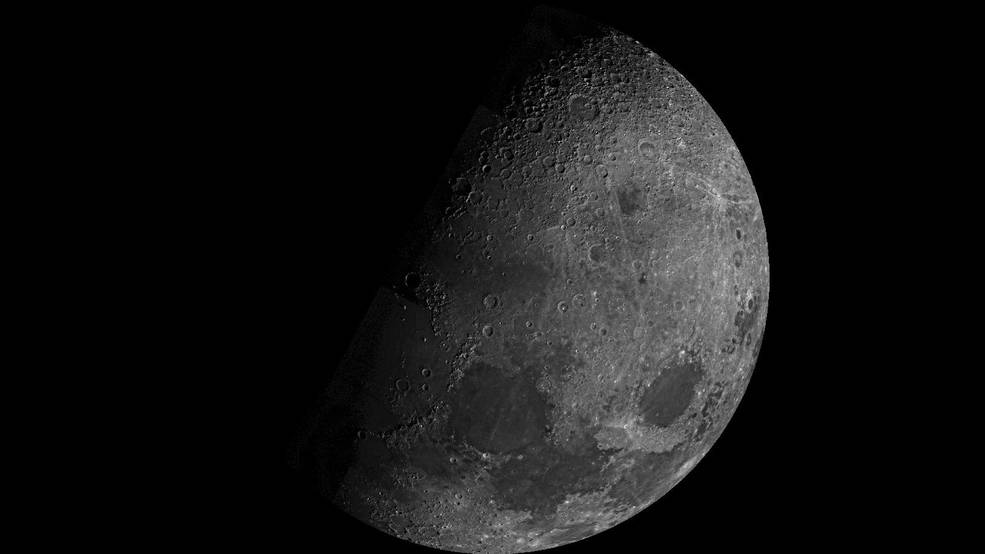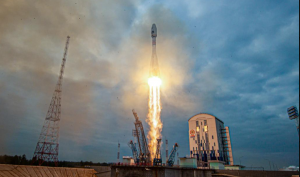An unmanned Chinese spacecraft returned in early hours of
Thursday to Earth after collecting rock samples from the Moon, becoming the
first such successful mission in last four decade, AFP has reported, citing
Chinese media reports.
The space probe Chang’e-5 landed in the Inner Mongolia region of
northern China. It is expected to carry 2 kg of rock and soil samples from the
only natural satellite of our planet.
With the achievement, China became only the third nation
after the US and the then-Soviet Union to have collected samples from the Moon.
Also read: Russia stages ‘successful’ second launch of new rocket
It also became the first nation to have done it in more than
last four decades, as the last country to do it was the Soviet Union, which
landed its Luna 24 in 1976.
The spacecraft, named after a mythical Chinese Moon goddess,
landed on the Moon on December 1 and began its return voyage two days later.
While on the Moon it raised the Chinese flag, China’s space agency has said,
AFP wrote.
Scientists hope the samples will help them learn about the
Moon’s origins, formation and volcanic activity on its surface.
Also read: Virgin Galactic aborts third manned-spaceflight attempt
The spacecraft’s mission was to collect two kilograms (4.5
pounds) of material in an area known as Oceanus Procellarum — or “Ocean
of Storms” — a vast, previously unexplored lava plain, according to the
science journal Nature.
Under President Xi Jinping, plans for China’s “space
dream”, as he calls it, have been put into overdrive.
China hopes to have a crewed space station by 2022 and
eventually send humans to the Moon.
The Chang’e-5 was lanched in space on November 23 from Wenchang Spacecraft Launch site in Hainan Island.







